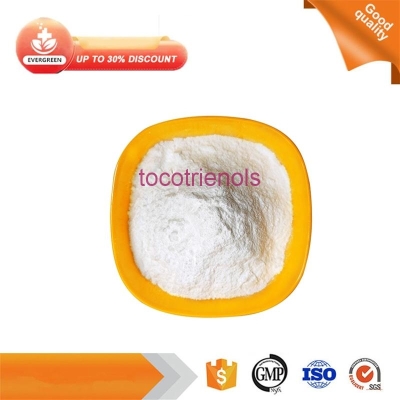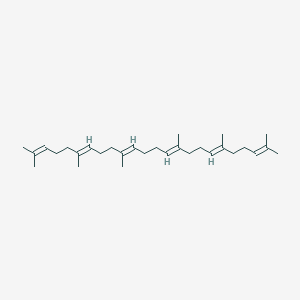Zhong Nanshan team announces new coronapneumonia critical prediction model with accuracy of 88%
-
Last Update: 2020-05-15
-
Source: Internet
-
Author: User
Search more information of high quality chemicals, good prices and reliable suppliers, visit
www.echemi.com
Medical Network May 15 hearing on the 14th Guangzhou Institute of Respiratory Health announced that the China Academy of Engineering academician Zhong Nanshan team on behalf of the High-Level Group of Experts on China National Health Board of Health, the integration of clinical risk factors, the establishment of a new forecasting model crown critically ill with pneumonia, accuracy 88%The model early in the Raytheon Hill Hospital and many other hospitals in Hubei open access, access to local peer recognition, related papers recently published in the International Journal of authority "JAMAInternalMedicine", corresponding author for the Zhong Nanshan, president of the Guangzhou Institute of Respiratory Health where CCBnew crown severe pneumonia can be lethal, of which 6-8% of newly diagnosed patients with pneumonia crown will develop critically ill, in need of intubation ventilation or ICU care, and these critically ill patients mortality rate can be as high 65%In the early identification of early disease patients have a risk into critically ill patients, timely intensive care, help improve patient outcomes, the allocation of medical resources is also importantThe model is based on 1590 cases of patients with pneumonia Chinese new crown by LASSO regression of 72 clinical factors screening and found that 10 key independent risk factors include: chest X-ray abnormalities, age, hemoptysis, shortness of breath, unconsciousness, the number of underlying diseases, previous history of cancer, the ratio of neutrophils and lymphocytes, direct bilirubin and lactate dehydrogenasethen reconstructed multivariate prediction model according to the weight of each risk factor, an internal verify the accuracy of 88%Further, the external verification Wuhan, Daye, Foshanpatients were more than 710 cases, respectively, from the accuracy of between 88% to 98%The research team also built free access in English web pages forecasting tools to facilitate doctors and patients to sign a global forecastAccording to reports, the prediction model is easy to use, can provide a predictive probability individualized for each patient, low-risk group for the subsequent development of critical illness risk was only 0.7%, while the high-risk group 59.3%, can be used to bypass processing of patient visits, improve the efficiency of medical resource allocationNext, the Guangzhou Institute of Respiratorywith Tencent set up a joint laboratory of artificial intelligence, big data research will be extended breathingnew crown pneumonia, develop more accurate and practical clinical tool(Finish)
This article is an English version of an article which is originally in the Chinese language on echemi.com and is provided for information purposes only.
This website makes no representation or warranty of any kind, either expressed or implied, as to the accuracy, completeness ownership or reliability of
the article or any translations thereof. If you have any concerns or complaints relating to the article, please send an email, providing a detailed
description of the concern or complaint, to
service@echemi.com. A staff member will contact you within 5 working days. Once verified, infringing content
will be removed immediately.







